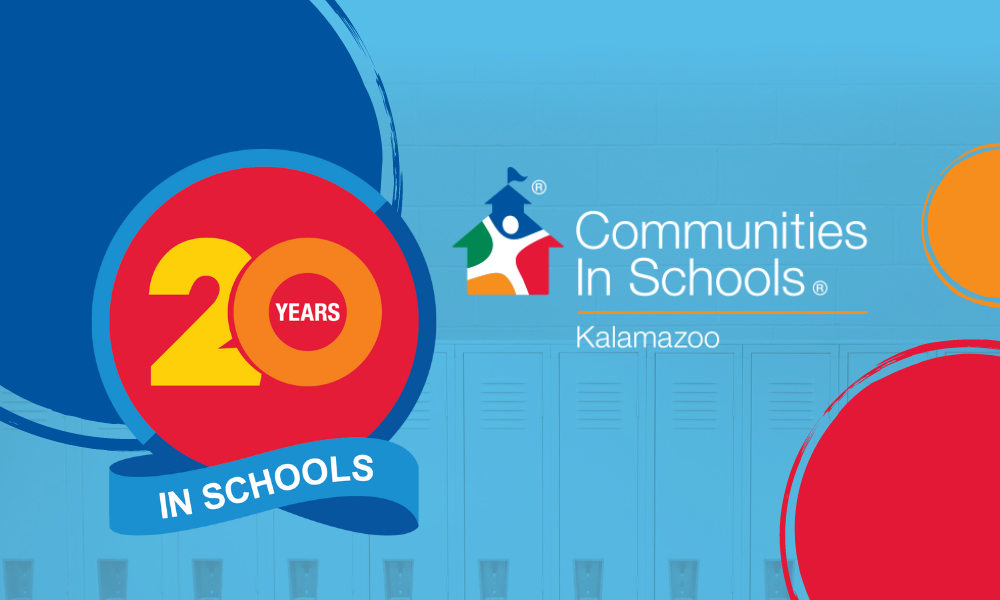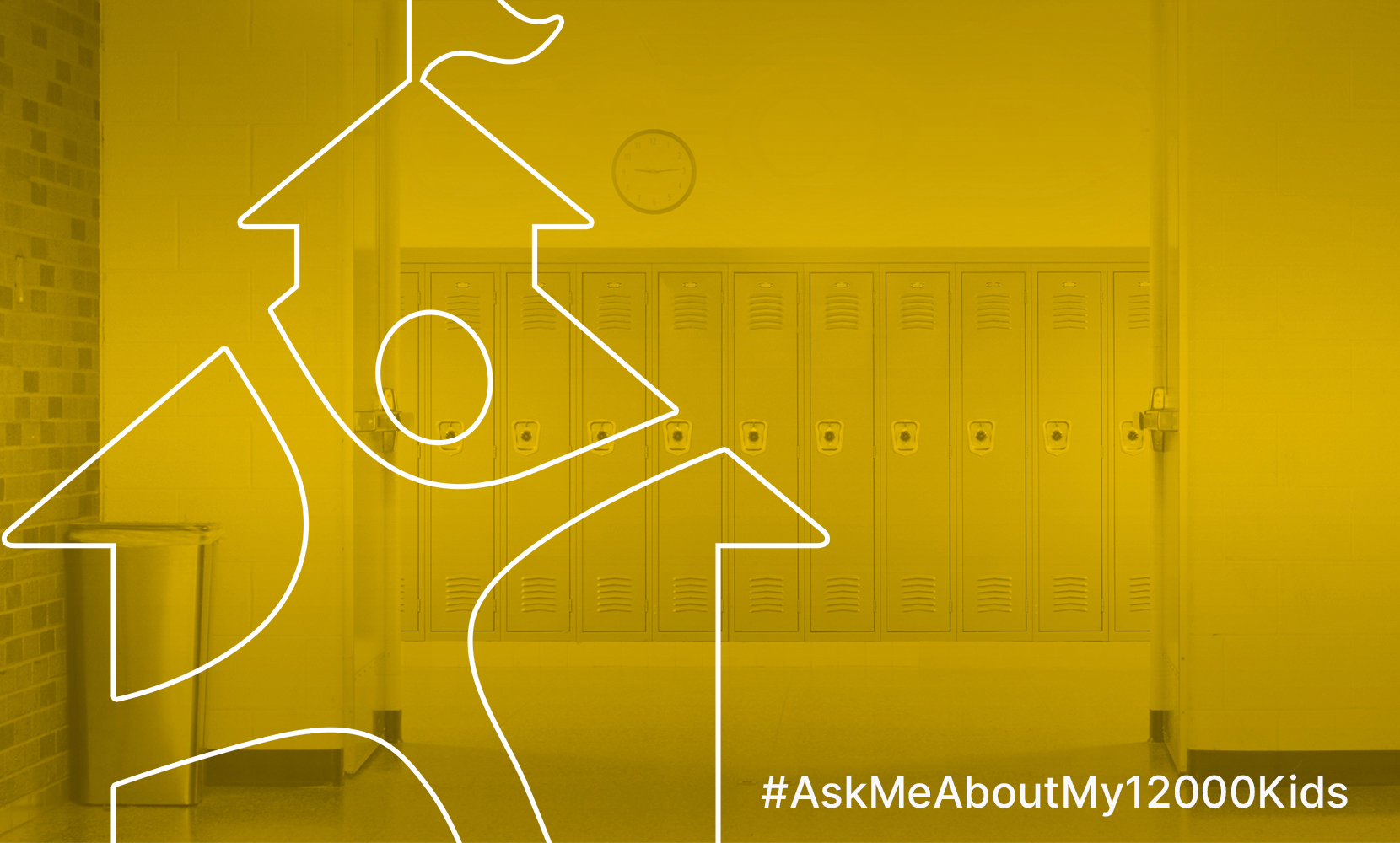 We recently ran a post, “Curious about Curiosity? noting that, among other things, curious children are better able to grasp basic math and reading than their less curious comrades. Another success ingredient, closely linked to curiosity and also associated with higher academic achievement, is creativity.
We recently ran a post, “Curious about Curiosity? noting that, among other things, curious children are better able to grasp basic math and reading than their less curious comrades. Another success ingredient, closely linked to curiosity and also associated with higher academic achievement, is creativity.
What do we mean when we speak of creativity? While uninspiring definitions abound, consider these three definitions on creativity and creative thinkers:
- “…. imagining familiar things in a new light, digging below the surface to find previously undetected patterns, and finding connections among unrelated phenomena.” -Roger von Oech, author of A Whack on the Side of the Head
- “… a process of becoming sensitive to problems, deficiencies, gaps in knowledge, missing elements and disharmonies as well as identifying, searching for solutions, making guesses or formulation of hypotheses, and possibly modifying and restating them, and experimenting to find results and finally communicating the results.” -John E. Penick, researcher who has studied the relationship between academic success and creativity, author of Teaching with Purpose: Closing the Research- Practice Gap
- “… the process of bringing something new into being. Creativity requires passion and commitment. It brings to our awareness what was previously hidden and points to new life. The experience is one of heightened consciousness: ecstasy.” -Rollo May, existential psychologist and author of The Courage to Create
Neuroscientist Tina Seelig teaches courses in creativity, innovation, and entrepreneurship at Stanford. Too often, she says, the creative process is viewed narrowly, associated with only the arts. She has developed an “Innovation Engine model” to help us think about creativity as both an internal (attitude, imagination and knowledge) and external (resources, habitat, and culture) process. She also offers several intriguing ideas to unleash creativity. You can watch her “Crash Course in Creativity” TEDx talk here.
Before we help kids unlock their creativity, it makes sense to first consider our own relationship with creativity. Here’s some questions to toss around. You can ask these questions in the context of yourself, your team, school, family, or business.
- Do I/we value creativity?
- How do I/we think of creativity? Do I/we need to expand my/our view of creativity?
- When asking a question of others (or ourselves), do I/we wait for that second, third, or fourth right answer?
- Do I/we tend to explore or judge/shut down unique and odd-ball ideas and questions?
- How do I/we model creativity? (This doesn’t mean breaking out the oil paints and creating the next Mona Lisa. Rather, dragging out questions like: Do I allow myself to play with questions? Do I ask open-ended questions? Am I willing to take risks with sharing ideas, even if they seem a bit whacky?)
- Do I/we reward creativity? If so, how?
- What am I/What are we doing to nurture a culture of creativity in within the home/school/business environment? Am I/Are we doing anything to stifle creativity?
Come back next week, and we’ll offer specific strategies for strengthening children’s innate ability to be creative thinkers. Who knows, you may even reclaim the creative genius locked away inside yourself!
Tags: creativity, creativity and academic achievement, encouraging creativity in children, John Penick, questioning ourselves, Roger Von Oech, Rollo May, Tina Seelig




